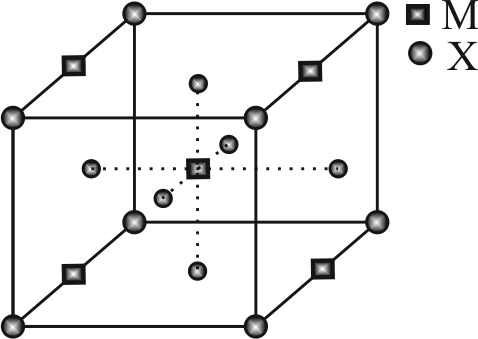318877 A face-centred cubic arrangement has \(\mathrm{A}\) and \(B\) atoms. A atoms are at the corners of the unit cell and \(\mathrm{B}\) atoms are at the face centres. One of the \(\mathrm{B}\) atoms is missing from one face center in the unit cell. The formula of the compound is
318877 A face-centred cubic arrangement has \(\mathrm{A}\) and \(B\) atoms. A atoms are at the corners of the unit cell and \(\mathrm{B}\) atoms are at the face centres. One of the \(\mathrm{B}\) atoms is missing from one face center in the unit cell. The formula of the compound is
318877 A face-centred cubic arrangement has \(\mathrm{A}\) and \(B\) atoms. A atoms are at the corners of the unit cell and \(\mathrm{B}\) atoms are at the face centres. One of the \(\mathrm{B}\) atoms is missing from one face center in the unit cell. The formula of the compound is
318877 A face-centred cubic arrangement has \(\mathrm{A}\) and \(B\) atoms. A atoms are at the corners of the unit cell and \(\mathrm{B}\) atoms are at the face centres. One of the \(\mathrm{B}\) atoms is missing from one face center in the unit cell. The formula of the compound is
